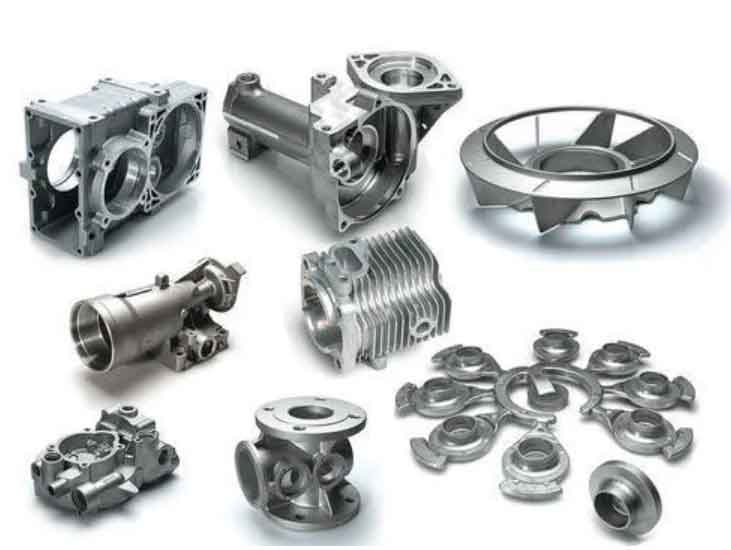
Grey cast iron has been a time-tested and favored material for various automotive engine components due to its unique combination of properties and cost-effectiveness. From the early days of automotive engineering to modern vehicles, grey cast iron continues to play a vital role in engine design. Let’s explore why grey cast iron is widely used in automotive engine components:
1. Excellent Wear Resistance:
Grey cast iron’s microstructure, with its graphite flakes, provides excellent wear resistance. This property is crucial for engine components that are subjected to continuous friction and wear, such as cylinder liners, piston rings, and camshafts.
2. Good Machinability:
Grey cast iron’s machinability makes it easier and more cost-effective to manufacture engine components with intricate designs and complex geometries. It can be readily shaped, making it ideal for producing cylinder blocks and cylinder heads with precision.
3. Damping Capacity:
The graphite flakes in grey cast iron contribute to its damping capacity, which helps reduce noise and vibrations in the engine. This property is vital for ensuring smooth engine operation and a quieter driving experience.
4. Thermal Conductivity:
Grey cast iron’s good thermal conductivity allows it to efficiently dissipate heat generated during engine operation. This property helps maintain consistent engine temperatures and prevents overheating.
5. Low Cost and Availability:
Grey cast iron is a cost-effective material, making it an attractive choice for high-volume production in the automotive industry. It is readily available and easy to cast, contributing to its widespread usage in engine manufacturing.
6. Dimensional Stability:
Grey cast iron exhibits good dimensional stability, which is essential for critical engine components like cylinder blocks and cylinder heads. Its ability to maintain its shape and structural integrity under varying temperatures and loads ensures consistent engine performance.
7. Compatibility with Lubricants:
The surface properties of grey cast iron are compatible with various engine lubricants, allowing for effective lubrication and reduced friction between moving parts.
8. Resistance to Thermal Cycling:
Grey cast iron’s thermal stability makes it suitable for engine components that undergo frequent temperature changes during engine operation.
9. Durability and Longevity:
Grey cast iron’s durability and resistance to wear make it a long-lasting material for engine components. Its ability to withstand high loads and extreme conditions ensures the longevity of automotive engines.
10. Recyclability:
Grey cast iron is highly recyclable, contributing to sustainable engineering practices and reducing the environmental impact of automotive manufacturing.
Due to these advantageous properties, grey cast iron is commonly used in key engine components, including cylinder blocks, cylinder heads, crankshafts, camshafts, piston rings, and exhaust manifolds. Its reliability and performance have stood the test of time, making it a trusted material for automotive engines for over a century. As automotive technology advances, grey cast iron continues to be an essential material for building efficient and durable engines.
